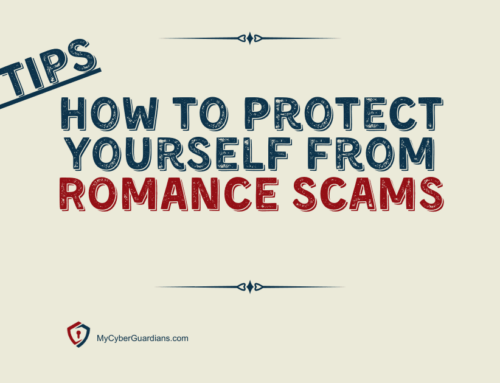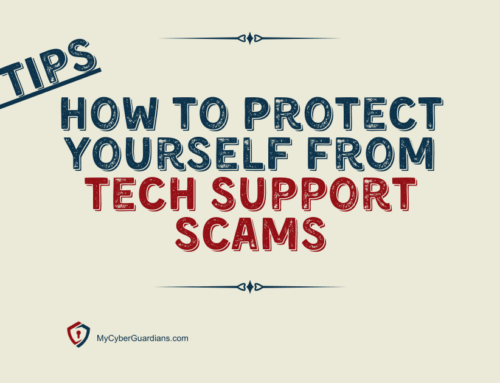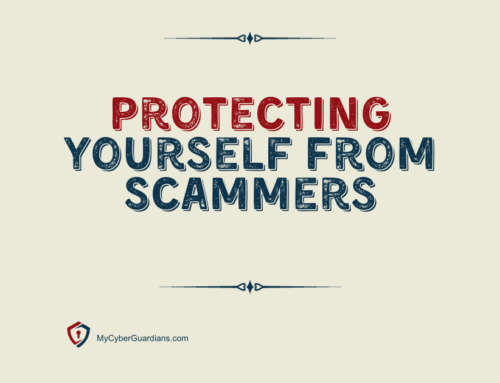
Checklist: How to Spot and Avoid Phishing Scams
☑ Check the Sender: Verify the sender’s email address or website URL carefully. Scammers often use slightly altered names or domains to trick recipients.
☑ Think Before You Click: Avoid clicking on links or downloading attachments from unsolicited emails or messages. Hover your mouse over links to preview the URL before clicking.
☑ Beware of Urgent Requests: Scammers create a sense of urgency to pressure you into immediate action. Think twice before responding to emails that demand urgent information or threaten consequences.
☑ Look for Spelling and Grammar Errors: Legitimate organizations maintain a professional standard in their communications. Be wary of emails with spelling mistakes or poor grammar.
☑ Verify Websites: Before entering sensitive information on a website, ensure it is secure. Look for “https://” and a padlock icon in the address bar to indicate a secure connection.
☑ Don’t Give Personal Information: Legitimate companies will not ask for sensitive information like passwords, credit card details, or social security numbers via email.
☑ Be Cautious of Pop-Up Messages: Scammers use pop-ups to trick you into revealing personal information. Avoid interacting with suspicious pop-ups and close them using the “X” button.
☑ Double-Check Requests for Money: Be skeptical of emails or messages requesting money, especially from unknown senders or unfamiliar situations.
☑ Stay Educated: Stay informed about the latest phishing techniques and scams. Regularly read updates from reliable sources on cyber security awareness.
☑ Report Suspicious Activity: If you encounter a potential phishing attempt, report it to your email provider, company IT department, or relevant authorities.
By following this checklist, you can strengthen your defense against phishing scams and protect your personal information from falling into the hands of cybercriminals. Stay vigilant and think before you click to ensure a safer online experience.

 We hope you enjoy reading this blog post. If you are ready to have us
We hope you enjoy reading this blog post. If you are ready to have us


